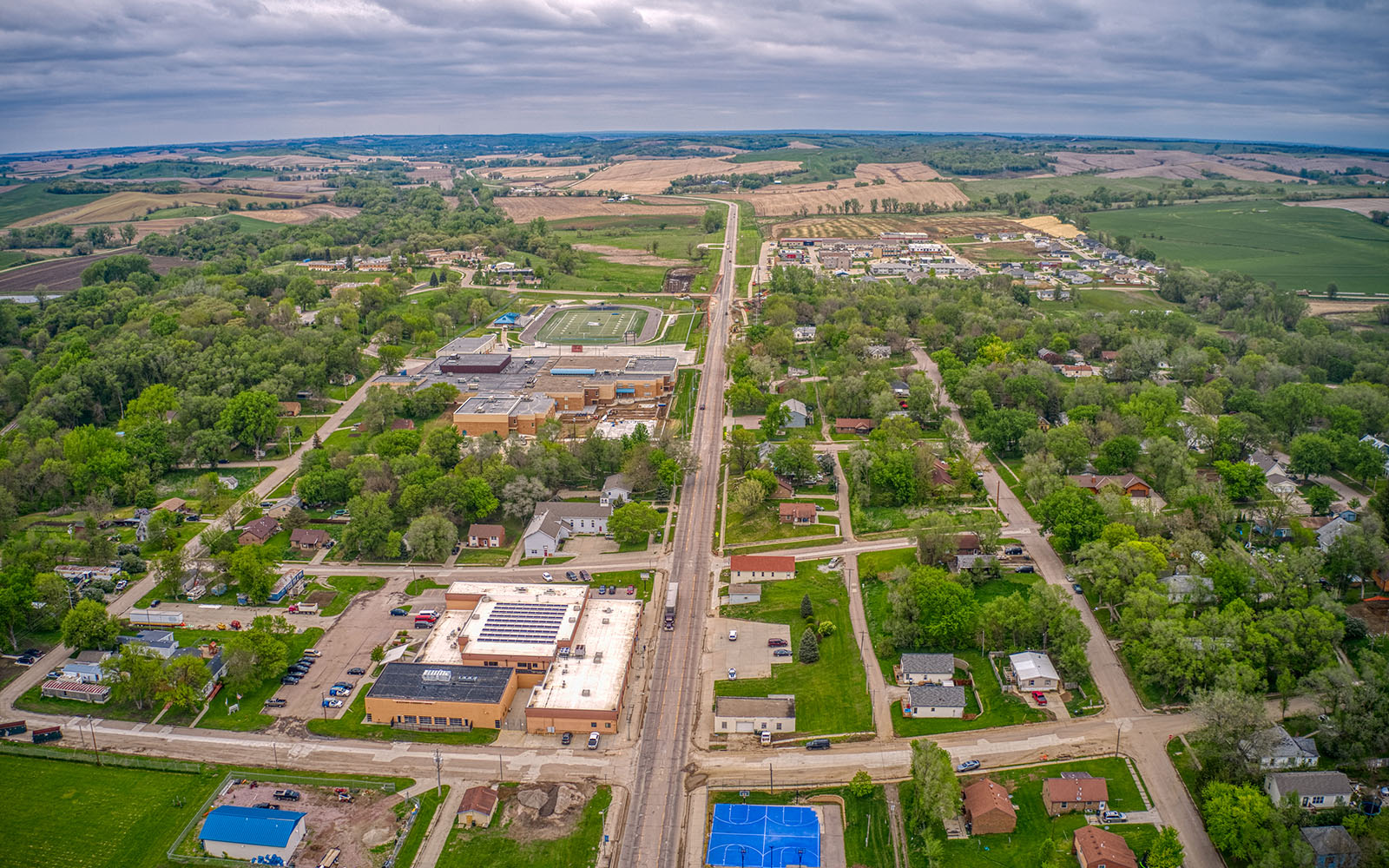Improving Drinking Water and Wastewater Systems in Tribal and Small Communities

Project Brief
The Challenge
Many drinking water and wastewater systems serving tribal and small communities—in particular, those with populations of 500 or fewer—face significant challenges in meeting all regulatory requirements, monitoring and assessing the sustainability and integrity of critical infrastructure, and making the short- and long-term financial investments necessary to provide quality, affordable services to customers. Utility staff resources are often very limited, so it can be difficult for staff to stay up to date and trained on regulatory requirements and operational best practices. EPA Region 7 reached out to ERG for support in developing a water infrastructure assessment tool aimed at small communities and tribes.
ERG's Solution
ERG developed an easy-to-use tool to help users inventory their drinking water and wastewater infrastructure, evaluate the condition and usefulness of those assets, conduct a simple vulnerability assessment, and identify and prioritize critical assets most in need of repair. The Excel-based tool included worksheets for compiling utility information, condition and vulnerability assessments, and asset inventories. ERG also created a comprehensive guide to using, managing, and updating the tool for present and future EPA Region 7 staff. The tool was tested in small communities and tribes throughout Massachusetts, New Hampshire, and Nebraska, and we improved it based on their feedback. As a final step in the project, ERG developed and delivered onsite training on the tool for Region 7 staff, technical assistance providers, and other stakeholders who would be distributing the tool.
Client
U.S. Environmental Protection Agency